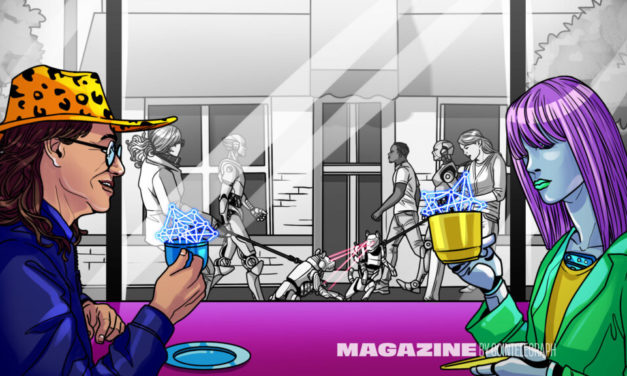Tornado Cash 2.0: The race to build safe and legal coin mixers
When the U.S. government sanctioned coin mixer Tornado Cash, many thought it might spell the end for illicit crypto mixing services. But they’re back — and with a glossy new institutional sheen and legit use cases to help traders and funds keep their market moves a “trade” secret. Tornado Cash is what is known as a “mixer,” a “coin anonymizer” that breaks the identifying links in blockchain transactions, providing a certain degree of anonymity for users.
The reasons people use coin anonymizers vary from criminality to ideology. Bad actors can use Tornado Cash to hide their naughty deeds, effectively laundering the proceeds of crime and preventing stolen crypto from being traced to them on the blockchain. That’s why the United States Department of the Treasury’s Office of Foreign Assets Control sanctioned the protocol last year.
But there are legitimate reasons for not wanting your every transaction tracked, and supporters argue that Tornado Cash provides important privacy infrastructure. But is it possible to build a privacy-preserving protocol that provides regulators with just enough information to know users are staying on the right side of the law?
Various developers are experimenting with redesigned mixers using ZK-proofs and believe there’s a way to make it happen.
Čítaj viac





